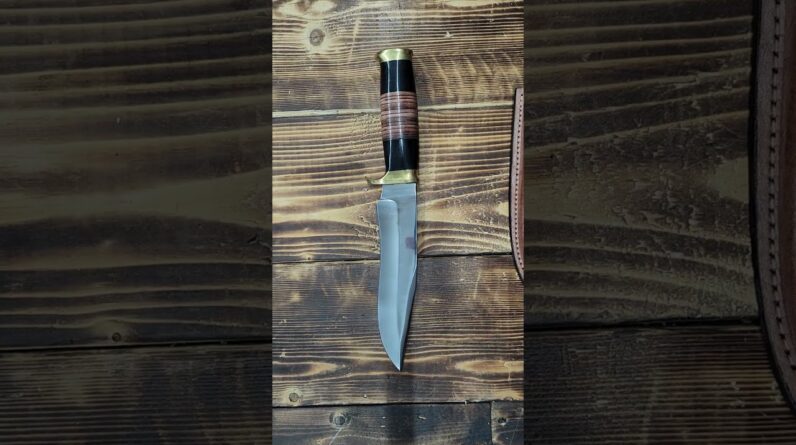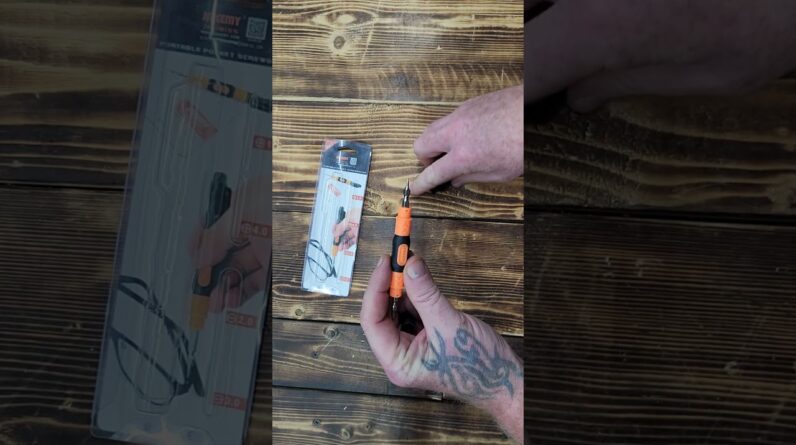
Survival Prepping Tips – Doomsday Prepper Food and Survival Gear
Whether you live in the country or abroad, survival prepping is crucial to your overall well-being. Even though SHTF scenarios are unlikely, they happen every year. By becoming well-prepared for emergencies, you can take care of your family’s basic needs, protect your possessions and keep yourself safe. Read on for tips to prepare yourself for the worst. If you are new to prepping, you might feel overwhelmed. But it’s normal. With a little bit of research, you will soon discover that it is not as difficult as you think.
While 72 hours of emergency preparedness is better than nothing, modern experts recommend two weeks of supply and power back up. Emergency supplies, first responders, and community services can easily become overwhelmed with widespread disasters. Even localized disasters like the Haiti Earthquake or the Japanese Tsunami can cause widespread disruptions. In these circumstances, you can prepare for varying levels of crisis. To begin your preparations, make sure you gather basic survival supplies such as food, water, medicine, and power. In case of an emergency, try to communicate with family and friends if possible.
There are many mistakes to avoid while survival prepping. While common sense might tell you that you should avoid using products that you don’t understand. Don’t buy lifeboat food because it tastes good, but because it won’t suit your stomach. Learn critical skills such as first aid and defense. By becoming better prepared, you can be sure that your family is safe and secure. So don’t waste time scrounging for supplies; make sure you have everything you need.
If possible, buy food that will last a long time in an emergency. Long term food storage includes meat curing and vacuum-sealing. You should also stock up on water in a jar or bucket. If you can’t get water, you can use peroxide drops to remove wax from your ears. The best food storage for emergencies is two weeks and six months of food, and don’t forget about hygiene.
You should also consider preparing yourself for an extended bug-out. You can bug out to the wilderness or a pre-determined “Alpha Site.” This is your fallback position and should be a safe and secure place away from population centers. Ensure that your alpha site is accessible to land and water and has a security system. The more prepared you are, the less stressful the situation will be for you and your family. Once you have your emergency kit and plan in place, you can then begin to prepare for the worst.
Another important item to include in your preparations is your pet’s survival. Even if you consider your pet to be your children, you should still consider the needs of your pets. Consider how you’d take care of them in the event of a SHTF situation. Having two flashlights, at least one of which is back-up, will ensure you never go without light. Keeping a small knife or fork close at hand is also helpful. The latter is particularly useful if your dog or cat is in the hospital or otherwise injured.
While there are countless books on the subject of survival, you’ll find many resources online that teach you how to survive in a survival situation. Visiting your local library or community center for help is also a great way to practice skills you’ll need. By becoming better prepared for disasters, you give yourself the best chance of survival. Prepping can be a long process, so start slowly and build your emergency kit in stages.
Another good book for survival preppers is Locusts on the Horizon. This book is well over 1,000 pages, and explores the history of preparedness. It provokes critical thinking about economics and covers a variety of scenarios. In addition to preparing for emergencies, you should also prepare for the possibility of economic depression, which many people underestimate. But it’s not too late to prepare for this, as long as you are aware of the risks that exist in the future.
In addition to food storage, you should also stock up on canned goods and meat that’s long past their expiration date. These canned goods can be stored for up to 30 years. You can also buy shelf-stable foods such as canned meat and boxed meals that don’t require cooking. In the case of canned food, you can also try the grocery store’s Meals Ready to Eat. Another important item is instant rice, which can be quick to prepare but isn’t as healthy as other foods.






